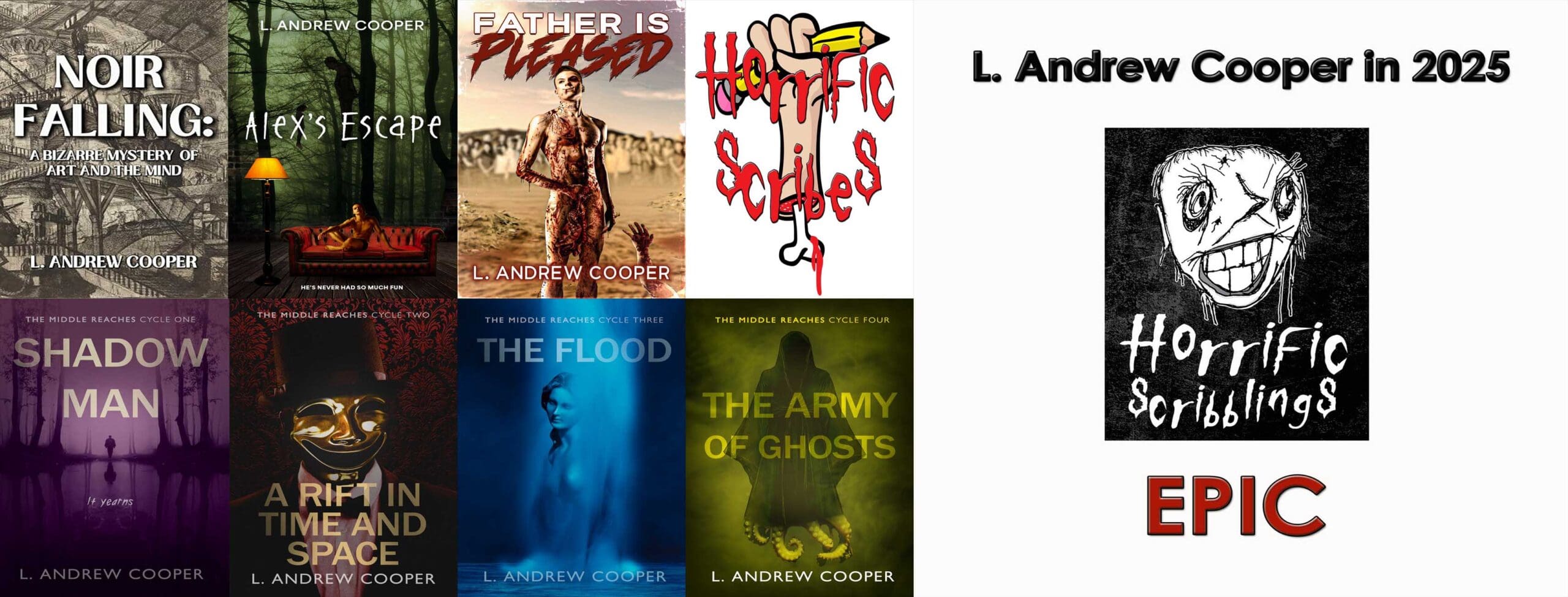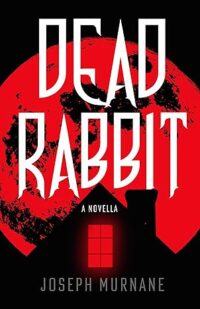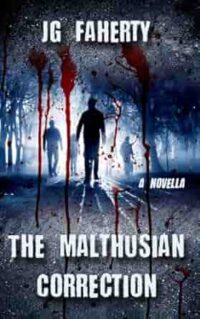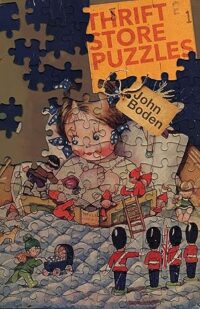Interview with Author Joseph Murnane: It Eats Your Hunger and Dead Rabbit
The talented Joseph Murnane shares some of his elegant prose in reflections on his novel It Eats Your Hunger and his novella Dead Rabbit. exploring how dangerous appetites become terrifying…





